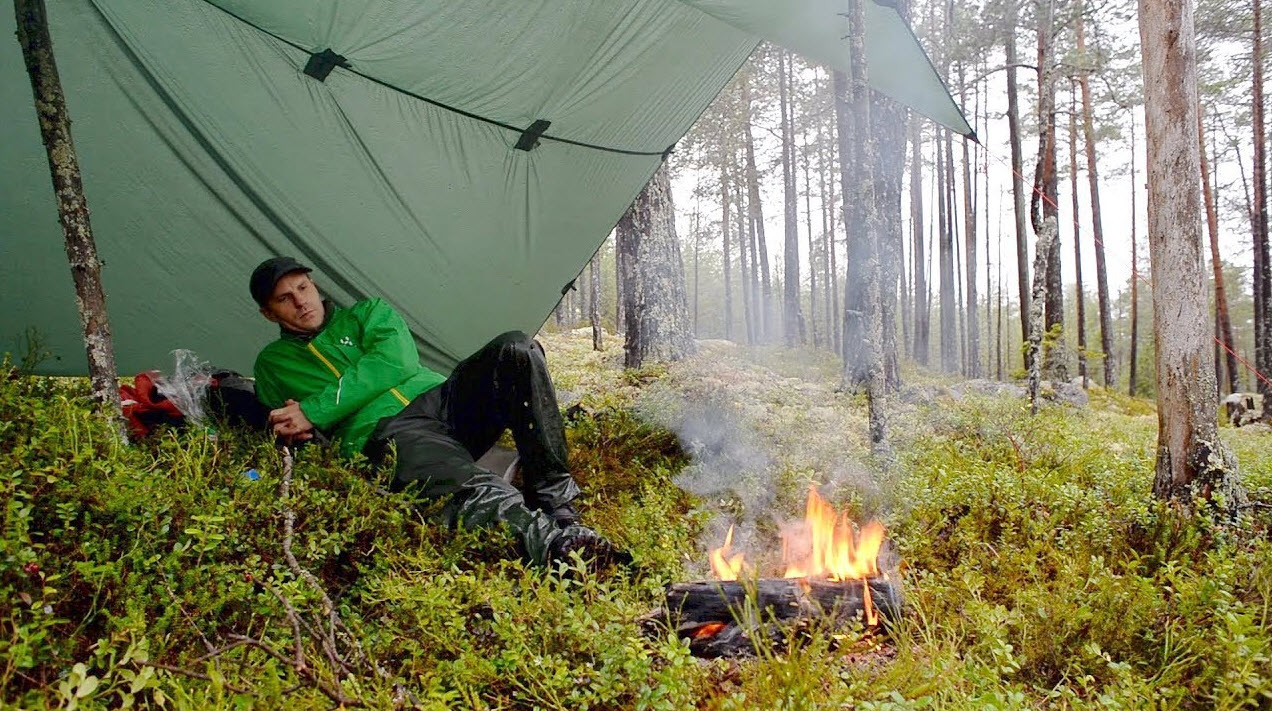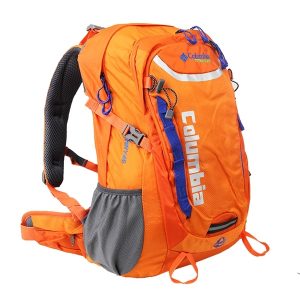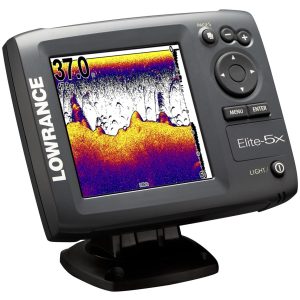Rain-Ready Gear and Equipment
A. Waterproof or Water-Resistant Tent

-
Choosing a quality tent with a rainfly
When selecting a tent for rainy conditions, it’s important to choose one that is waterproof or water-resistant. Look for a tent that comes with a rainfly, which is an extra layer that goes over the top of the tent to provide additional protection from rain. This will help keep the interior of the tent dry even during heavy downpours.
-
Seam-sealing and proper tent maintenance
To ensure maximum waterproofing, it’s essential to seam-seal your tent. Seam-sealing involves applying a waterproof sealant to the seams of the tent to prevent water from leaking through. Additionally, proper tent maintenance is crucial for keeping it in good condition. Regularly check for any tears or damages that may compromise the waterproofing and make the necessary repairs.
B. Rain Gear and Clothing
-
Waterproof jackets, pants, and footwear
Invest in high-quality waterproof jackets, pants, and footwear to keep yourself dry during rainy outdoor activities. Look for jackets and pants made from waterproof materials such as Gore-Tex or nylon with a durable water repellent (DWR) coating. These materials will provide a protective barrier against rain. Similarly, waterproof footwear with good traction will keep your feet dry and provide better stability on wet terrain.
-
Layering for warmth and moisture management
Layering is essential for both warmth and moisture management during rainy conditions. Start with a moisture-wicking base layer that will keep sweat away from your skin. Add a mid-layer for insulation and a waterproof or water-resistant outer layer to protect against rain. This layering system allows you to adjust your clothing according to the changing weather conditions and helps regulate body temperature.
Campsite Preparation
A. Choosing the Right Campsite
When preparing for a camping trip, selecting the right campsite is crucial for a comfortable and enjoyable experience. It is important to choose elevated ground with good drainage to avoid potential water pooling in the camping area. This helps to prevent water from seeping into the tent or creating muddy conditions. Additionally, it is wise to avoid low-lying areas that are prone to flooding, as this can lead to discomfort and potential safety hazards during rainy weather.
B. Setting Up a Rain Shelter
To ensure a dry and comfortable camping experience, setting up a rain shelter is essential. Erecting tarps or canopies over designated areas such as the cooking and relaxation areas provides protection from rain and allows campers to continue activities without interruption. Proper anchoring and positioning of the tarps or canopies are important to ensure they can withstand strong winds and heavy rain. This will help to create a safe and dry space for campers to gather and enjoy their time outdoors.
Managing a Rainy Campsite
A. Keeping the Interior Dry
-
Using a ground tarp and tent footprint
To keep the interior of your tent dry, start by using a ground tarp or tent footprint. These waterproof materials create an extra layer of protection between your tent floor and the wet ground. Place the tarp or footprint underneath your tent to prevent moisture from seeping through the floor and into your sleeping area.

-
Separating wet and dry items inside the tent
To avoid dampness inside the tent, it’s important to separate wet and dry items. Keep wet gear and clothing in a designated area, such as a waterproof stuff sack or plastic bag, to prevent them from coming into contact with dry items. This separation will help maintain a dry and comfortable living space inside the tent.
B. Cooking and Campfire in Rain
-
Building a proper fire pit and protecting it from rain
When dealing with rain and campfires, it’s crucial to build a proper fire pit. Choose an elevated area if possible, and create a pit surrounded by rocks or a fire ring. This will help contain the fire and prevent it from spreading. In case of rain, cover the fire pit with a tarp or a piece of plywood to protect it from getting excessively wet.
-
Utilizing shelters or tarps for dry cooking areas
To keep the cooking area dry during rainy conditions, set up shelters or tarps. These can be hung over the cooking area to provide protection from rain while still allowing ventilation. Ensure that the shelter or tarp is securely fastened to prevent it from being blown away by strong winds. This will allow you to prepare meals comfortably and keep your cooking equipment dry.
Staying Comfortable in the Rain
A. Embracing the Weather
-
Maintaining a positive mindset and embracing the adventure
When faced with rainy weather, it’s important to maintain a positive mindset and embrace the adventure. Instead of letting the rain dampen your spirits, view it as an opportunity to experience nature in a different way. Embracing the weather will help you make the most of your outdoor experience and create lasting memories.
-
Engaging in rainy day activities such as board games or reading
To stay comfortable during rainy periods, engage in indoor activities that can be enjoyed from the comfort of your campsite. Pack a selection of board games, cards, or books to keep yourself entertained during the downpour. These activities not only provide a welcome diversion but also allow you to relax and enjoy the sound of rain while staying dry.
B. Drying Gear and Clothing
-
Utilizing clotheslines and hanging wet items to dry
To stay comfortable, it’s important to dry wet gear and clothing. Set up clotheslines or use trees and branches to hang wet items, allowing them to air dry. Hang clothing inside the tent or under tarps to protect them from further moisture. Maximizing airflow will promote faster drying and prevent musty odors from developing.
-
Packing extra towels or microfiber cloths for quick drying
Pack extra towels or microfiber cloths to quickly dry off any wet surfaces or items. These absorbent materials are lightweight and dry quickly, making them ideal for wiping down tents, gear, or even yourself when you come in from the rain. Having these extra supplies on hand will contribute to your overall comfort in wet conditions.




